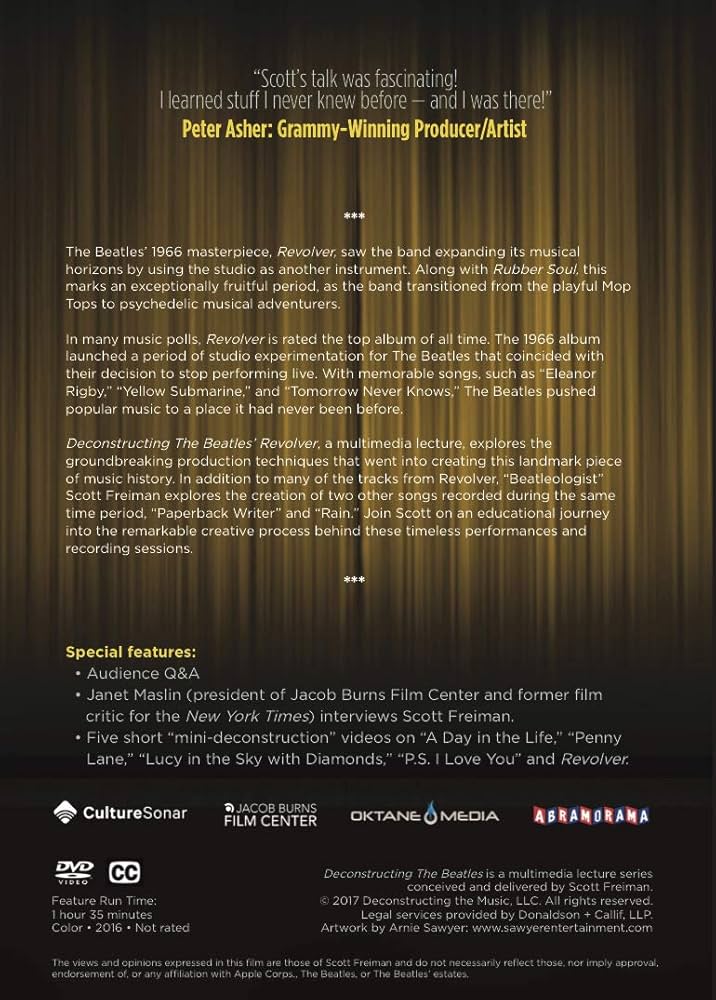The Beatles’ Psychedelic Revolution: Unpacking Their Groundbreaking Era
Prepare to be transported back to a time when music wasn’t just heard, but experienced. The 1960s, a decade of seismic cultural shifts, witnessed one of the most profound transformations in popular music, and at its epicenter stood The Beatles. Music historian Preston Frazier, in a recent press release, shines a spotlight on this pivotal era, urging us to re-examine the band’s audacious leap into the sonic and lyrical frontiers of psychedelia. This wasn’t merely a stylistic change; it was a complete reimagining of what a rock band could be, pushing boundaries and influencing generations of artists to come. Let’s dive deep into the kaleidoscopic world that The Beatles created and understand its enduring legacy.
The Seeds of Transformation: Moving Beyond Pop
By the mid-1960s, The Beatles had already conquered the globe with their infectious pop sensibilities and masterful songwriting. However, the relentless touring and the pressure to constantly replicate their early successes began to take a toll. The band members, particularly John Lennon and Paul McCartney, were evolving as artists and individuals, seeking new avenues for creative expression. This internal shift, coupled with the burgeoning counterculture movement and exposure to Eastern philosophies and hallucinogenic substances, created the perfect storm for artistic metamorphosis.
The Influence of Experimentation
The shift towards psychedelia wasn’t a sudden event but a gradual unfolding, significantly influenced by their growing interest in studio experimentation. Albums like Revolver (1966) started to hint at the sonic adventures to come, with tracks incorporating tape loops, backward recordings, and unconventional instruments. This willingness to push the technical limits of recording technology, often in collaboration with producer George Martin, laid the groundwork for their most ambitious projects.
The Zenith of Psychedelia: Sgt. Pepper and Beyond
The release of Sgt. Pepper’s Lonely Hearts Club Band in 1967 is widely regarded as the magnum opus of The Beatles’ psychedelic period and a landmark achievement in music history. This concept album shattered expectations, presenting a cohesive narrative and a rich tapestry of sounds that were unlike anything heard before in popular music. The album’s innovative production, diverse musical styles, and surreal lyrical content immersed listeners in a vibrant, imaginative world.
A Sonic Kaleidoscope
Sgt. Pepper wasn’t just a collection of songs; it was an auditory journey. The band employed a vast array of instruments, including orchestras, sitars, and avant-garde sound effects, meticulously weaving them into a cohesive sonic landscape. Tracks like “Lucy in the Sky with Diamonds” and “A Day in the Life” are prime examples of their experimental prowess, showcasing:
- Innovative use of studio effects (ADT, phasing, tape manipulation).
- Integration of classical and non-Western musical elements.
- Lyrical explorations of dreams, consciousness, and social commentary.
- A bold departure from traditional song structures.
The Impact of Magical Mystery Tour
Following the triumph of Sgt. Pepper, The Beatles embarked on the ambitious and somewhat chaotic project of Magical Mystery Tour. While initially conceived as a film, the accompanying soundtrack album continued their psychedelic explorations. Songs like “I Am the Walrus” and “Strawberry Fields Forever” (released as a double A-side single prior to the album) delved even deeper into surrealism and abstract imagery, further cementing their status as pioneers of the psychedelic sound.
Lyrical Depths: Beyond Love Songs
The psychedelic era saw a significant evolution in The Beatles’ lyrical content. Moving away from simpler themes of romance, their lyrics became more introspective, philosophical, and often abstract. John Lennon, in particular, infused his writing with imagery drawn from literature, dreams, and his own spiritual quests. Paul McCartney, while often more grounded, also embraced surrealism and narrative storytelling.
Themes of Consciousness and Spirituality
The band’s exploration of Eastern spirituality and meditation influenced their lyrical themes, introducing concepts of inner peace, enlightenment, and the interconnectedness of all things. This was a stark contrast to the prevailing themes in mainstream pop music of the time, offering listeners a more profound and thought-provoking experience.
The Power of Metaphor and Symbolism
The lyrics of this era are rich with metaphor and symbolism, inviting multiple interpretations. Frazier’s analysis likely highlights how these seemingly whimsical or nonsensical lines often carried deeper meanings, reflecting the band’s evolving worldview and their desire to challenge conventional thinking. This complexity contributed to the lasting appeal and critical acclaim of their work.
Visual Innovation: Album Art and Beyond
The psychedelic revolution wasn’t confined to audio; it extended to the visual realm. The Beatles understood the power of album art to encapsulate the mood and themes of their music. The iconic cover of Sgt. Pepper, with its vibrant collage of figures and intricate details, was a masterpiece in itself, inviting viewers to explore its many layers.
Creating Immersive Experiences
Beyond album covers, The Beatles also experimented with promotional films and even their own television specials, such as Magical Mystery Tour. These visual endeavors aimed to create a holistic, immersive experience for their audience, blurring the lines between music, art, and film.
The Lasting Echo: Influence and Legacy
The psychedelic era of The Beatles was more than just a phase; it was a seismic event that permanently altered the landscape of popular music. Their fearless experimentation with sound, lyrical content, and visual presentation opened doors for countless artists across genres.
A Blueprint for Innovation
From the intricate studio production techniques to the conceptual album formats, The Beatles provided a blueprint for future musical innovation. Their willingness to embrace new technologies and artistic ideas encouraged a generation of musicians to push their own creative boundaries.
Cultural Impact
The music and imagery of this period became synonymous with the counterculture movement of the 1960s, reflecting a desire for change, self-discovery, and expanded consciousness. The impact of The Beatles‘ psychedelic journey continues to resonate today, influencing music, art, and culture in profound ways.
The Future of Music Exploration
As we reflect on this groundbreaking era, it’s clear that The Beatles’ foray into psychedelia was a testament to their artistic courage and visionary spirit. Their willingness to experiment and evolve ensured their music remained fresh, relevant, and endlessly fascinating.
Key takeaways from Preston Frazier’s examination:
- The transition to psychedelia was a deliberate artistic evolution, not a random event.
- Studio experimentation was as crucial as songwriting in defining their sound.
- Lyrical depth and thematic complexity became hallmarks of this period.
- The visual presentation of their music was integral to the overall experience.
- Their influence laid the foundation for much of modern music and art.
The exploration of the psychedelic era by music historian Preston Frazier serves as a vital reminder of The Beatles’ unparalleled innovation. It encourages us to listen with new ears and appreciate the depth and breadth of their artistic journey. This period wasn’t just about catchy tunes; it was about sonic exploration, lyrical introspection, and a profound cultural impact that continues to inspire.
Want to dive deeper into the world of music history? Explore more groundbreaking insights and analyses from Preston Frazier and other experts by subscribing to our newsletter today!
Copyright 2025 thebossmind.com
Source:
Rolling Stone – Revisiting The Beatles’ Psychedelic Masterpiece
NPR – The Beatles’ ‘Sgt. Pepper’s Lonely Hearts Club Band’: A Complete Guide










